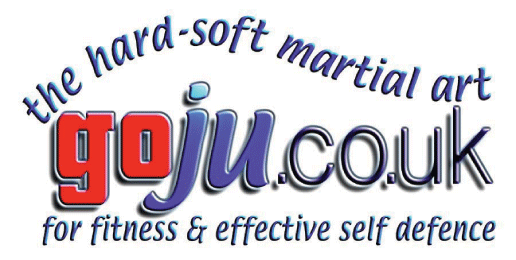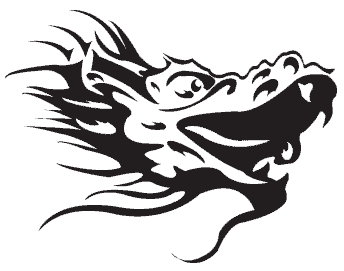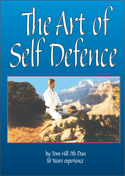Seisan Kata
(13 Hands)
Seisan is practiced in the following styles of Chinese Boxing: Dragon, Lion and Monk Fist Seisan, Sanseru and Sepai all share the kanji 'se'. This may be a Chinese dialect pronunciation of the Okinawan term 'te' or 'hand' or 'fighting hand', referring to empty hand combat techniques. To understand these Kata requires an understanding of the culture, history and language of the people from which these Kata originated.
Seisan is a kata of sublime beauty, containing a great variety of contrasting techniques. Circular movements quickly change to linear moments in fast combinations; fast and slow movements are performed with minimum of excess body shifting. The kata is characterized by many combinations of techniques some fast explosive movements balanced and interspersed by slower heavier movements performed with muchimi. Each technique, seems to be only one strike or block, but may contain many meanings or Bunkai. Towards the end of the kata a mae geri is performed. It seems to be only one action, but has in fact, a combination of at least three techniques.
Seisan is the oldest of all Okinawan Goju-Ryu Kata. There is a version of Sesan practiced in the Shorin Ryu schools, but, the Goju-Ryu version is longer and more complex. The kata name literally means '13’. However some people refer to the kata as '13 Hands', '13 Fists', '13 Techniques', '13 Steps' or even '13 killing positions'. To understand these Kata requires an understanding of the old language and culture of the people of the time. Seisan is believed to be the oldest of all Okinawan Goju-Ryu Kata. There is a shorter version of Seisan practiced in the Shorin schools. The Goju-Ryu version is longer and much more complex. Seisan derives from Yong Chun White Crane Boxing from Fujian Province in Southern China, where the form is known as “Four Gate Hands” (“Shisan” or “ Si Men”)
Versions of Seisan taught today have roots in Shuri-te, Naha-te and Tomari-te streams of karate (that is the karate that was traditionally taught in the Okinawan towns of Shuri, Naha and Tomari, te meaning 'hand').
An alternative name for this kata is: Hangetsu (“Half Moon” – a reference to the crescent shaped movements of the feet and hands)
Another more obscure version of this kata is known as Aragaki-no-Seisan and bears the closest surface resemblance to the Shotokan kata Hangetsu.
Here is a pictorial evolution of kata Simen to Seisan:
Warning:
If you perform any technique shown here in class or in public, you do so at your own risk.
We assume no responsibility for the use or misuse of the information provided which results in injury or loss.
Copyright: Tom Hill 2012 Goju.co.uk All rights reserved.
UPDATED 1st AUG 2020




Tom Hill
Bunkai oyo on Seisan





























